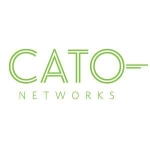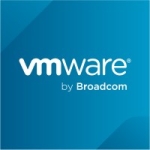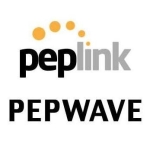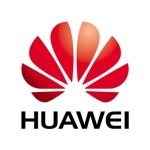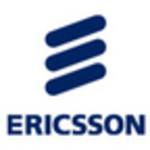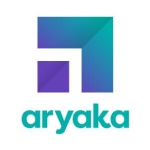What is our primary use case?
We are network providers. SD-WAN is one of the main options we offer to our customers.
Clients primarily use the solution for three main reasons. The first is for cost savings when accessing the internet. The second is access to the cloud. The third is to allow customers a kind of autonomy with management over the network.
What is most valuable?
Cisco is an industry leader, so customers have a high level of trust with the brand more-so than with some newcomers that might have some more revolutionary solutions, but no name recognition.
The solution appeals to big companies that are keen on selecting a major vendor rather than an emerging one as there's an assumption of reliability.
Cisco's technical solution in itself is very reliable. From a purely technical point of view, this is one of the best options.
Overall, the solution is very advanced in network configuration and offers excellent automated routine features.
What needs improvement?
The client portal needs to be improved in order to make the solution much better.
The service care area of the solution needs improvement. That is to say, the ability to have a simplified management system is a key success factor.
If you could have the ability to raise an SD-WAN capability just by activating a kind of license, it would great. We have too much hardware deployment needed right now.
In the future, if the solution could make it so that there is nothing to deploy beyond a license and some firmware, it would be great.
For how long have I used the solution?
I've been using the solution for six months.
What do I think about the stability of the solution?
The solution is stable. This is the reason why we ultimately chose it as a product. Cisco's experience regarding the complex configuration of networks is perhaps the more mature in the market.
They have made some improvements to the solution, and I think these advancements make it one of the most stable in the industry. It's not great for large configurations, so it may not be as stable in those cases. However, Cisco remains the most stable on the market.
What do I think about the scalability of the solution?
The solution is scalable, however, it may be less so than Cisco Viptela. SortNet also has a portal that is not completely mature, and quite complex. This is why we developed a customer portal, dedicated to our customers, although some portals are still Viptela or SortNet. This custom portal has the ability to simplify the considerations of SD-WAN features for all of our sign-in customers.
We have approximately nine or ten big customers that are still in the proof of concept phase. Of those, three or four are large scale projects. Those have hundreds or even thousands of users on the network.
How are customer service and technical support?
I haven't been in touch with technical support. I personally have a strong relationship with pre-sales people, but not technical support itself.
Which solution did I use previously and why did I switch?
I've worked with a variety of other solutions in the past. They have their own approaches to the industry.
Sophos, for example, approaches their solution from a security perspective. The main premise of the product is its ability to secure the network itself. Others have close relationships with VMware solutions that provide for an easy way to bind the applicable network with the network walls.
In the near future, most will need to provide for UCTE, which will become a must-have for any solution.
Fortinet does not have a UCTE itself, but it has a low segment and basic equipment that is really interesting because it is so cheap. Plus, it's not so difficult to add it in to complete another appliance. This is one thing that we sometimes use to expand security requirements while still being able to have specific SD-WAN equipment.
How was the initial setup?
For Cisco or any other solution, SD-WAN's initial setup is complex. The vendor needs to explain and define the customers clearly. It's not as simple as it sounds. It's better for large clients to do a modest deployment rather than a large one as it's not so easy to deploy. This will be clear after running through a POC.
What about the implementation team?
It's much better for a company to do the deployment with the help of a consultant or integrator, as they understand the solution quite extensively. I'd recommend if a company is seeking out an integrator, that they choose a portal DNA integrator.
What's my experience with pricing, setup cost, and licensing?
Typically, we work to offer our customer autonomy, however, we do offer maintenance packages. Typically, we'll sell co-management packages to clients whereby they choose the priority of the application on the network and we will manage all of what is programmed on the customer's behalf.
What other advice do I have?
The solution works very well for mid-size and enterprise-level organizations.
I would advise others considering implementing the solution to set aside time to strategize and create a proof of concept before diving right in. This will help a company reveal where the solution is relevant and where it is not.
Then, it's important to look at the cost and layout of all of the finances so that the board will have all of the information in front of them. It will help them decide if it makes sense to pursue implementation. The finances and P&Ls must be clear for them.
Finally, it's important to find a good consultant to assist in the entire process.
I'd rate the solution eight out of ten.
Which deployment model are you using for this solution?
On-premises
Disclosure: My company has a business relationship with this vendor other than being a customer. Partner






